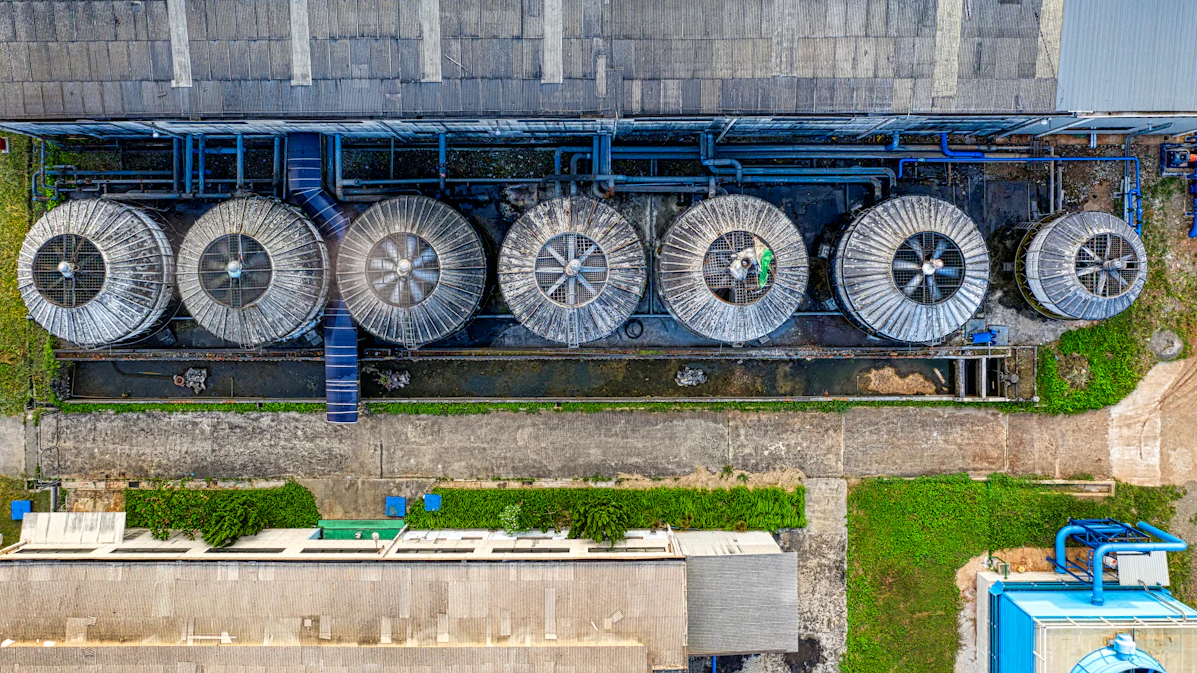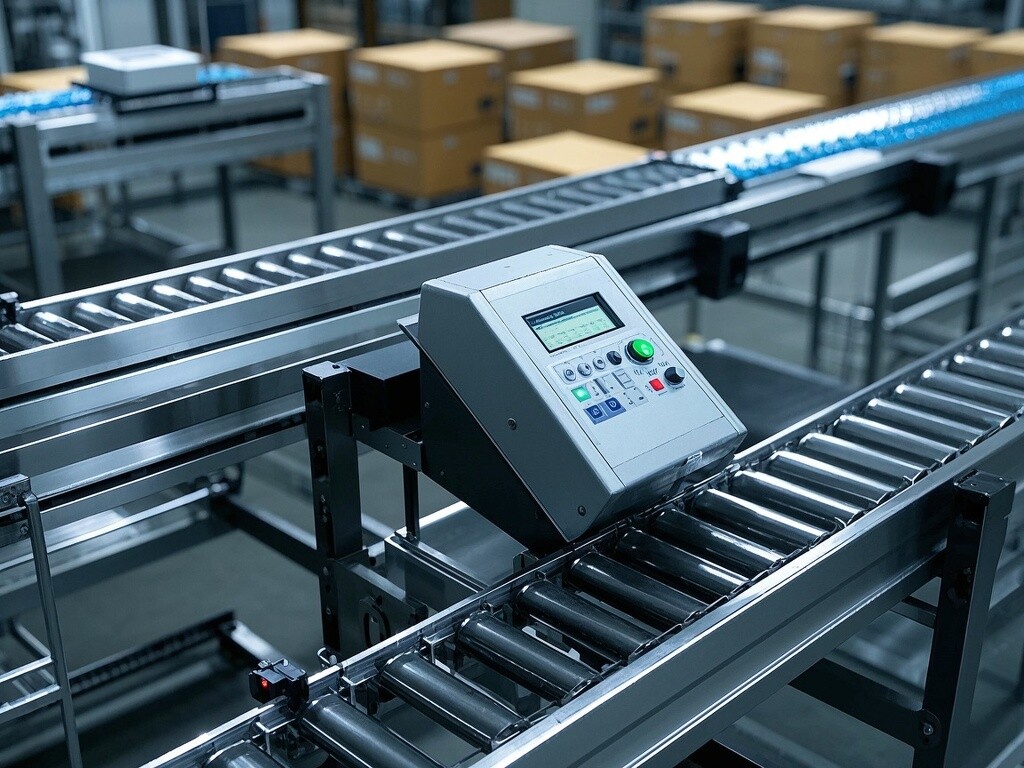
Variable Frequency Drives (VFDs) play a vital role in modern HVAC systems by controlling the speed of motors driving fans, blowers, and pumps. By adjusting motor speed to meet real-time demand, VFDs deliver significant energy savings, reduce mechanical stress, and improve indoor comfort and air quality.
Our VFD solutions are designed with robust hardware, advanced control algorithms, and flexible communication options, making them ideal for various HVAC applications, from commercial buildings to industrial facilities.

HVAC System Control with VFDs
Precise Speed and Energy Control for Heating, Ventilation, and Air Conditioning Systems
Variable Frequency Drives (VFDs) play a vital role in modern HVAC systems by controlling the speed of motors driving fans, blowers, and pumps. By adjusting motor speed to meet real-time demand, VFDs deliver significant energy savings, reduce mechanical stress, and improve indoor comfort and air quality.
Our VFD solutions are designed with robust hardware, advanced control algorithms, and flexible communication options, making them ideal for various HVAC applications, from commercial buildings to industrial facilities.
Key Features and Technical Specifications
· Wide Power Range: Suitable for motors from fractional horsepower to hundreds of kW
· Advanced Motor Control: Vector control, V/f control, sensorless vector, and closed-loop options for precise speed and torque management
· Energy Efficiency: Up to 50% energy savings through demand-based speed regulation
· Built-in PID Controller: Enables direct control of temperature, pressure, or flow based on sensor inputs
· Communication Protocols: Support for Modbus, BACnet, LonWorks, CANopen, and Ethernet/IP for seamless integration with Building Management Systems (BMS)
· Protection Features: Overvoltage, undervoltage, overcurrent, short circuit, and thermal protection to ensure reliability
· User Interface: LCD display with multilingual support, programmable keys, and real-time monitoring
· EMC Compliance: Meets international electromagnetic compatibility standards for safe installation
System Configuration Recommendations
Typical HVAC Applications
· Air Handling Units (AHUs) for large commercial buildings
· Variable Air Volume (VAV) systems to regulate air distribution
· Cooling tower fan speed control for optimized water cooling
· Pumping systems in chilled water loops and hydronic heating
· Heat pumps and boiler circulation controls
· Exhaust and ventilation fans in industrial plants
Application Case Study: Commercial Office Tower
Challenge: A 30-story office building required energy-efficient HVAC control to reduce electricity costs and improve occupant comfort.
Solution: Installation of VFDs on all AHU fan motors and chilled water pumps, integrated with the existing BMS.
Results:
· Achieved 35% energy savings within the first year
· Reduced mechanical wear and maintenance costs
· Improved indoor air quality through precise airflow control
· Remote diagnostics enabled faster troubleshooting
Benefits of Using VFDs in HVAC Systems
· Energy Savings: By matching motor speed to load requirements, VFDs reduce unnecessary energy consumption.
· Extended Equipment Life: Soft start/stop reduces mechanical stress on motors and driven equipment.
· Improved Process Control: PID loops and sensor feedback maintain stable environmental conditions.
· Lower Maintenance Costs: Reduced wear extends motor and bearing life.
· Flexible Integration: Compatibility with major building automation protocols ensures seamless system upgrades.
Sign up for updates


